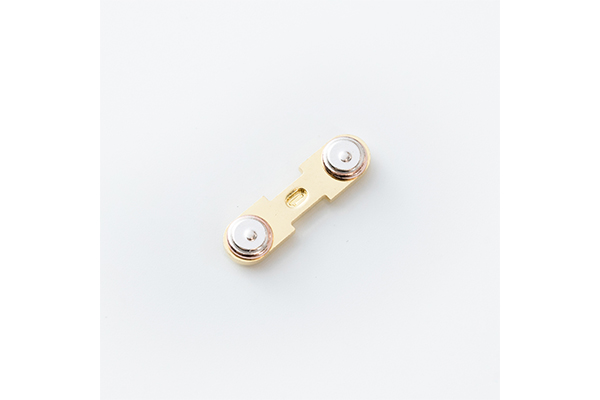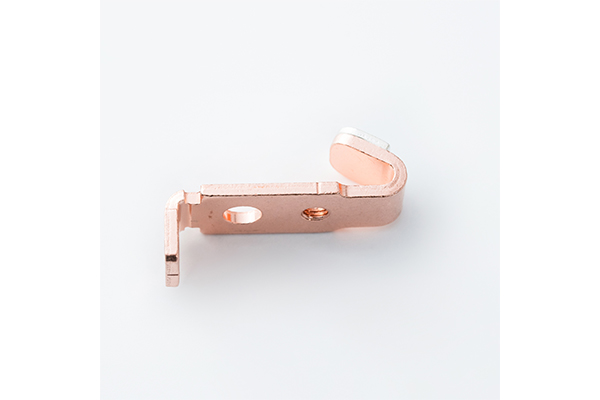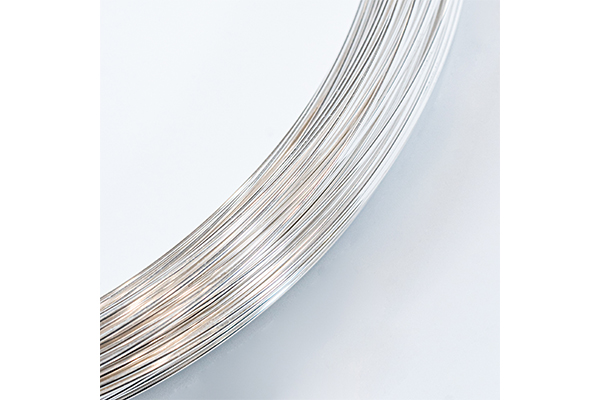What is the evolution mechanism of surface arc erosion of silver cadmium oxide contacts under high-frequency switching conditions?
Release Time : 2025-04-21
In electrical equipment, silver cadmium oxide contacts are widely used in various switching devices. When the contacts work under high-frequency switching conditions, arcs will inevitably be generated, and arc erosion will damage the contact surface, affecting its performance and service life. Therefore, it is of great significance to understand the evolution mechanism of arc erosion on the surface of silver cadmium oxide contacts under high-frequency switching conditions.
At the moment of high-frequency switching, the voltage between the contacts will break through the air to form an arc. The arc is a high-temperature, highly conductive plasma channel with a temperature of thousands of degrees Celsius. Under the high temperature of the arc, the material on the surface of the silver cadmium oxide contact begins to melt and evaporate. Since the melting point of silver is relatively low, silver will first melt and partially evaporate, forming some tiny pits on the contact surface, which is the initial stage of arc erosion.
Cadmium oxide plays an important role in the contact. On the one hand, cadmium oxide will decompose at high temperatures and absorb part of the arc energy, thereby reducing the degree of arc erosion on the contact material. On the other hand, the cadmium vapor produced by decomposition will form a shielding layer in the arc plasma, hindering the direct contact between the arc and the contact surface, reducing the evaporation and sputtering of the material. However, as the arc ablation continues, the content of cadmium oxide will gradually decrease, and its protective effect will gradually weaken.
Under high-frequency switching conditions, the arc repeatedly acts on the contact surface, resulting in continuous accumulation of heat on the contact surface. Long-term heat accumulation will further increase the contact surface temperature, exceeding the softening temperature of the silver cadmium oxide material, thereby deforming the contact surface. The deformation of the contact surface will change the contact state between the contacts, increase the contact resistance, further aggravate the arc ablation, and form a vicious circle.
During the arc ablation process, the alloy elements in the silver cadmium oxide contact will diffuse and migrate. Due to the high temperature and electric field of the arc, elements such as silver and cadmium will diffuse between the contact surface and the inside. Silver elements will be enriched on the contact surface, while cadmium elements will migrate to the inside. The diffusion and migration of this element will change the composition and organizational structure of the contact surface, causing changes in the performance of the contact surface, such as reduced hardness and poor conductivity, making it more susceptible to arc ablation.
Arc ablation will produce some products, such as metal vapor and oxide particles. These products will deposit on the contact surface to form an ablation layer. The presence of the ablation layer will affect the heat dissipation performance of the contact and the stability of the arc. On the one hand, the poor thermal conductivity of the ablation layer will further aggravate the heat accumulation on the contact surface; on the other hand, the oxide particles in the ablation layer will change the path of the arc, making the arc more unstable, thereby enhancing the ablation effect of the arc on the contact surface.
Under high-frequency switching conditions, surface arc ablation of silver cadmium oxide contacts is a complex physical and chemical process. The generation of the arc triggers the melting, evaporation and oxidation of the material. The decomposition and action of cadmium oxide affect the ablation process to a certain extent. The heat accumulation causes the deformation of the contact surface. The diffusion and migration of alloy elements change the performance of the contact, and the arc ablation products further aggravate the degree of ablation. These factors interact and influence each other, jointly determining the evolution mechanism of arc erosion on the surface of silver cadmium oxide contacts, and have an important impact on the performance and service life of the contacts.







